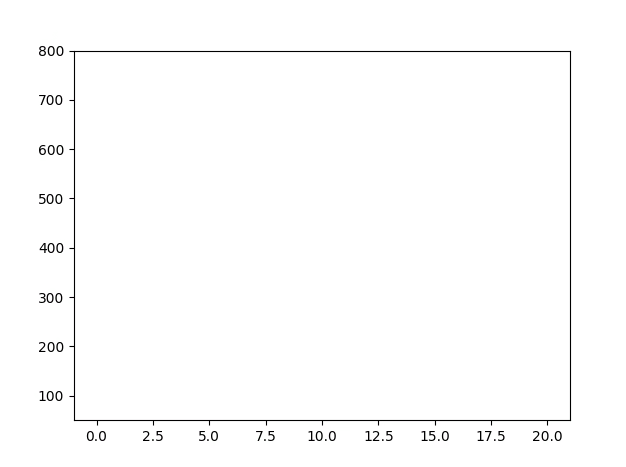使用TensorFlow进行线性回归
· 阅读需 2 分钟
我们先随机生成一些数据:
import numpy as np
train_X = 20 * np.random.rand(100).astype(np.float32)
train_Y = (30 * train_X + 100 + 10 * np.random.randn(100)).astype(np.float32)
预期拟合的函数为:
现在我们使用线性回归,假设拟合的函数为:
先给W、b赋初值,然后计算y和实际值的差距,并使用梯度下降算法来减小差距。定义这个差距(损失函数)为:
现在使用TensorFlow来完成。
首先定义变量:
import tensorflow as tf
W = tf.Variable(1.0)
b = tf.Variable(0.0)
X = tf.placeholder(tf.float32)
Y = tf.placeholder(tf.float32)
y = tf.add(tf.multiply(W, X), b)
cost = tf.reduce_sum(tf.pow(Y-y, 2))/(2*train_X.shape[0])
W、b是待训练的参数,使用tf.Variable;X、Y接收输入的数据,使用tf.placeholder。
然后开始训练:
init = tf.global_variables_initializer()
train = tf.train.GradientDescentOptimizer(0.2).minimize(cost)
with tf.Session() as sess:
sess.run(init)
for i in range(100):
for tx, ty in zip(train_X, train_Y):
sess.run(train, feed_dict={X: tx, Y: ty})
if (i+1) % 10 == 0:
c = sess.run(cost, feed_dict={X: train_X, Y: train_Y})
print('epoch: %d cost:%f y = %f x + %f' % (i + 1, c, sess.run(W), sess.run(b)))

可以看到,拟合的结果还不错。